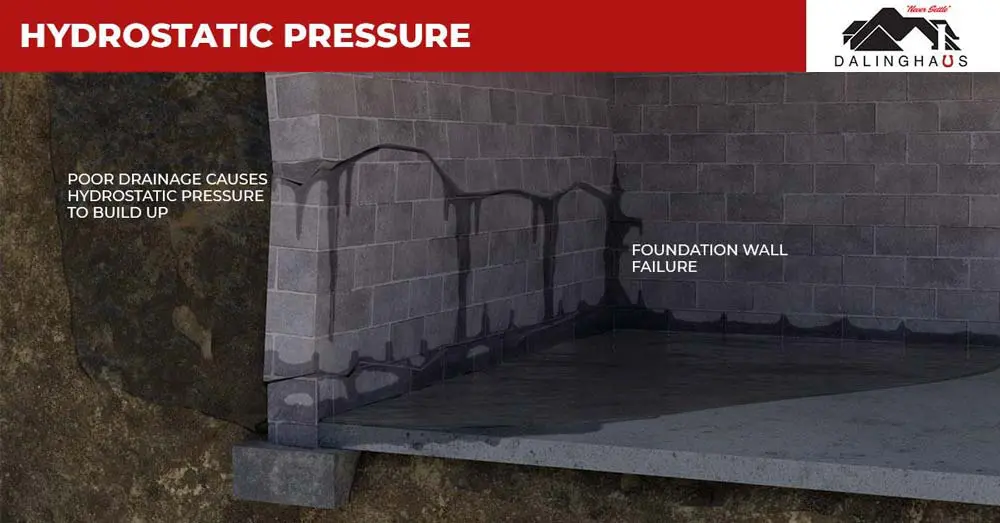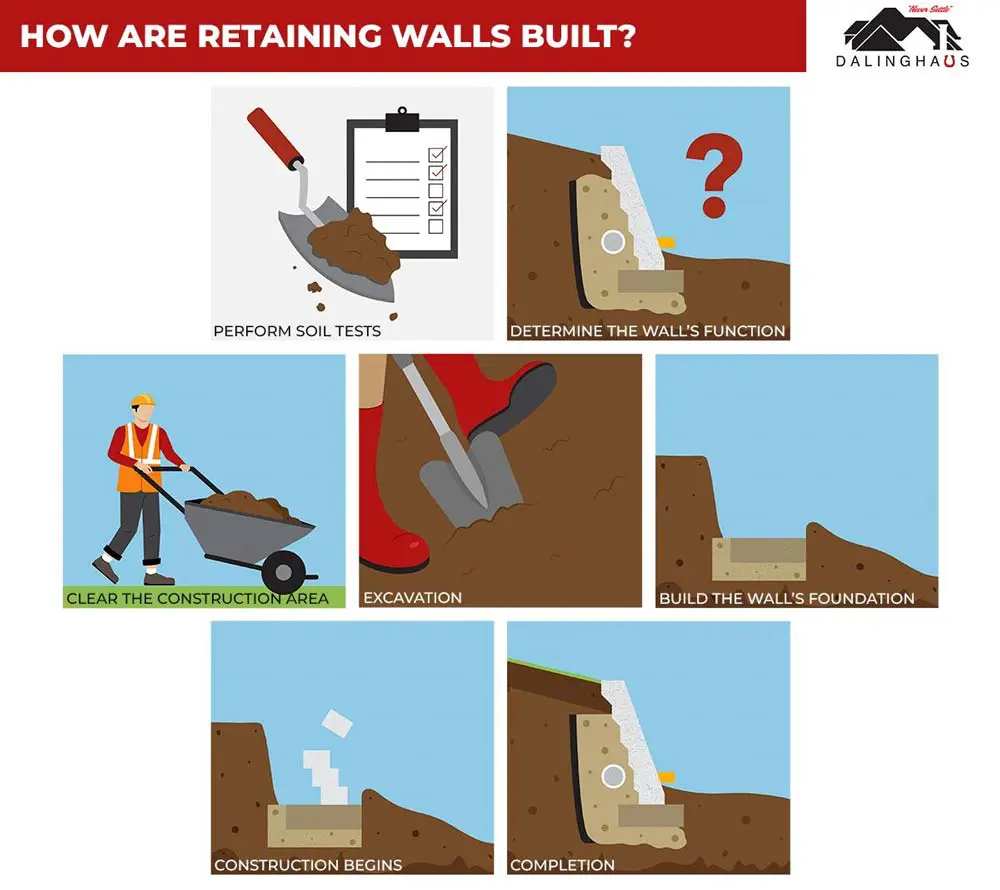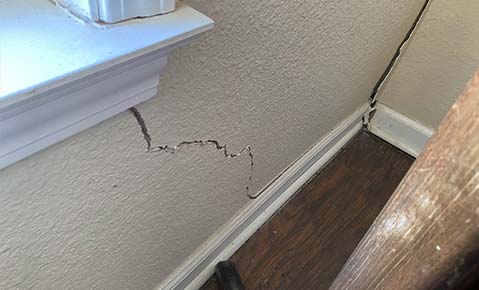Do you have sloped terrain on your property? If so, you might need a retaining wall for slope stabilization. Retaining walls are designed and built for both aesthetics – creating a flat area for landscaping – and functionality. A sturdy retaining wall can help keep your home safe from shifting soil and even mudslides. Keep reading to learn why these bulwarks of stone, brick, wood, and other materials are worth the investment to protect your property.
What Are Retaining Walls and How Do They Work For Slope Stabilization?
A retaining wall is a structure designed to hold back soil, rock, or other loose materials. They are used to prevent soil erosion, create level spaces on slopes, and for landscape enhancement. Retaining walls can be made from concrete, stone, brick, or timber and built in different shapes and sizes to match the surrounding environment.
Retaining walls need good drainage to prevent hydrostatic pressure from building up behind the wall, leading to failure. Good drainage behind the wall also prevents soil erosion.

3 Reasons You Might Need A Retaining Wall
- Preventing soil erosion – One of the primary reasons is to avoid soil erosion and stabilize slopes.
- To create a flat surface – Retaining walls are often erected to create a flat surface for landscaping, gardening, a patio, or a driveway.
- To solve drainage problems – A retaining wall can protect your home’s structural integrity by redirecting water runoff away from the foundation.
Building a Retaining Wall For Slope Stabilization
The following need to be taken into consideration when erecting a retaining wall:
- Why are you erecting a retaining wall? – What’s the purpose of the wall? Once you’ve answered this question, you can begin the design process.
- Test the soil – You’ll need to test the soil to evaluate its load-bearing capacity. Will it be able to support the wall?
- Get the site ready – Before you start building the wall, you’ll need to clear the area of anything (vegetation, rocks, or debris) that could affect the stability of the wall.
- Excavation – The contractor will consider groundwater levels, soil type, and proximity to existing structures before excavation. Sometimes, existing drainage channels or utilities will need to be relocated.
- Build the wall’s foundation – The foundation, typically reinforced concrete, is laid once the excavation is complete. Its thickness and depth are based on the wall’s expected weight and the composition of the soil.
- Build the retaining wall – After the foundation has been laid, the wall construction can commence.
- Finishing up – Once the retaining wall is finished, the backfilling process incorporates a layer of geotextile fabric to prevent soil erosion, followed by compaction with granular soil.

Throughout the construction, drainage is managed by weep holes that release accumulated water and additional systems like V-Ditches or French Drains to divert water.
Common Problems Associated With Retaining Walls
Retaining walls can develop problems over time. The wall may lean, crack, or bulge. The causes include improper design or construction defects, expansive soil, erosion-prone soil, and hydrostatic pressure. It’s crucial for homeowners to promptly acknowledge and tackle these issues to prevent further damage.
How Are Retaining Walls Repaired?
Two common repair solutions for retaining walls are wall plate anchors and helical tieback anchors.
- Wall plate anchors – These are steel plates connected to the wall using metal rods drilled deep into the soil behind it. The anchor transfers the force from the wall’s bulge or crack to the anchored plate.
- Helical tieback anchors – These corkscrew-shaped anchors are drilled through the wall and into the soil at a horizontal angle, providing tension and support for the retaining wall.
Retaining walls play a crucial role in ensuring stability and preventing soil erosion, making them an integral part of many landscapes. Whether constructing a new retaining wall or repairing an existing one, it is essential to collaborate with professionals who possess expertise in structural design, material requirements, and drainage needs associated with retaining walls.
Is Building a Retaining Wall a Good DIY Project?
Building a retaining wall is not a DIY project. This task requires specialized knowledge and skills that only professionals possess. Retaining walls are constructed to hold back soil and prevent erosion, and if they aren’t built correctly, they can lead to property damage, injury, or even loss of life.
Professional retaining wall builders are trained and experienced in handling heavy equipment and materials like concrete, stone, and steel. They have the necessary tools and equipment to excavate and level the ground, set the foundation, and install drainage systems. They also have a deep understanding of soil composition, water flow, and geology to ensure the retaining wall is designed and constructed to last for years.
Building a retaining wall can be a time-consuming and physically demanding task that requires a lot of physical labor. Lifting heavy materials, digging out soil, and hauling equipment can put enormous strain on the body, leading to muscle strains or even serious injuries.
So, building a retaining wall is not a good DIY project.
If you’re considering a retaining wall for slope stabilization on your property, contact us today to schedule a free evaluation. We serve Southern California, Arizona, and Nevada.






